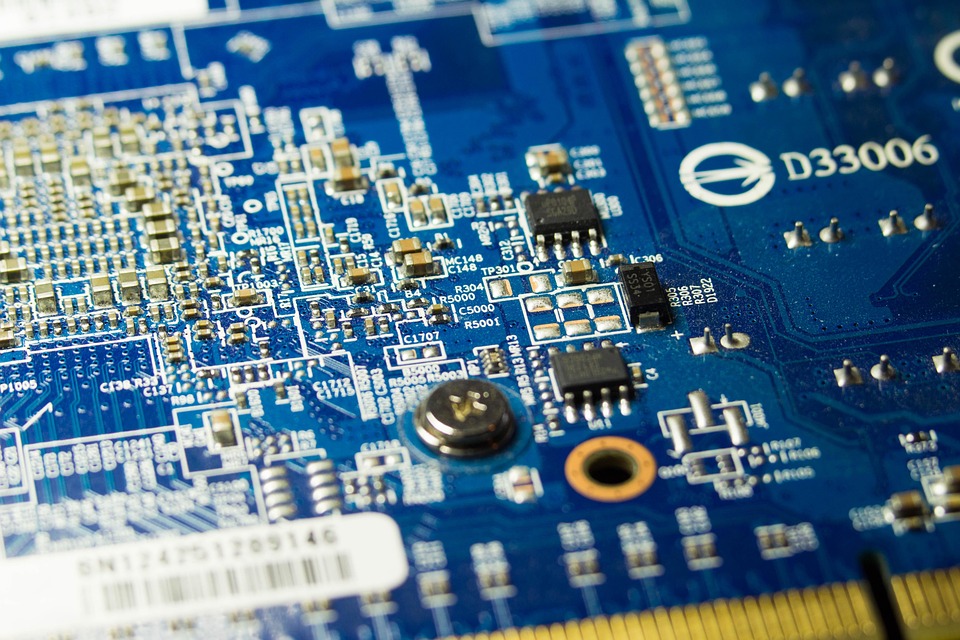As gaming continues to surge in popularity, the environmental impact of the industry has garnered increasing attention. The production and operation of high-performance gaming hardware, particularly graphics processing units (GPUs), consume significant power, leading to an urgent need for sustainability in the gaming sector. Fortunately, eco-friendly GPUs are emerging as a solution, helping to create a greener gaming environment while enhancing performance.
The Environmental Impact of Gaming
The gaming industry is a multi-billion-dollar powerhouse, but its environmental footprint has raised concerns. From power-hungry servers and consoles to the electronic waste generated by frequent upgrades, gaming contributes to energy consumption and pollution. Traditionally, high-performance GPUs have been particularly notorious for their energy demands. However, the industry’s shift towards eco-friendly GPUs aims to mitigate these concerns.
What Are Eco-Friendly GPUs?
Eco-friendly GPUs are designed with sustainability in mind. They prioritize energy efficiency, using advanced manufacturing processes and materials that reduce their environmental impact. Here are some key features that define eco-friendly graphics cards:
-
Energy Efficiency: Manufacturers are creating GPUs that deliver high performance while consuming less power. This is achieved through innovative architecture and advancements in semiconductor technology.
-
Sustainable Materials: Many companies are now sourcing materials that are either recycled or easier to recycle. This reduces the demand for raw materials and minimizes waste.
-
Longer Lifespans: By designing GPUs for longevity and upgradability, manufacturers aim to reduce e-waste. A longer life cycle means fewer devices end up in landfills.
- Heat Management: Improved cooling solutions not only enhance performance but also reduce energy consumption, making GPUs operate more efficiently.
Leading the Charge: Eco-Friendly GPU Innovators
Several companies are setting the benchmark for sustainable GPU manufacturing. Notable among them are:
1. NVIDIA
NVIDIA has made significant strides towards sustainability with its GeForce RTX series, which employs efficient power delivery systems and optimized architectures to enhance performance per watt. Their commitment to using sustainable materials and reducing greenhouse gas emissions during production is also commendable.
2. AMD
AMD’s RDNA architecture has received praise for its efficiency, allowing higher performance at lower power consumption. Furthermore, AMD has pledged to achieve net-zero greenhouse gas emissions by 2050. Their efforts focus on energy-efficient manufacturing processes and promoting sustainable practices.
3. Intel
While Intel is primarily known for its CPUs, the company’s foray into dedicated graphics with the Intel Arc GPUs emphasizes energy efficiency. Intel is committed to using renewable energy sources in its production facilities, furthering its sustainability agenda.
The Benefits of Eco-Friendly GPUs
1. Lower Energy Consumption
Eco-friendly GPUs help gamers reduce their electricity bills and carbon footprints. With the ability to deliver high frame rates and performance while consuming less energy, they make sustainable gaming accessible.
2. Increased Awareness
The rise of eco-friendly GPUs helps raise awareness about sustainability in gaming. Gamers are becoming more conscious of their choices, pushing manufacturers to adopt green practices.
3. Future-Proofing the Industry
As the world transitions to greener technologies, eco-friendly GPUs help future-proof the gaming industry. As environmental regulations become stricter, companies that prioritize sustainability will be better positioned to adapt.
4. Enhanced Performance
Interestingly, many eco-friendly GPUs offer performance improvements alongside their energy efficiency. Gamers now have access to hardware that not only runs cooler but also performs better, creating a win-win scenario.
The Road Ahead
Sustainable gaming is no longer a niche; it’s becoming a necessity. As gaming continues to evolve, the industry must grapple with the challenges posed by climate change and environmental sustainability. Eco-friendly GPUs are just the beginning of a larger movement that will redefine how gaming hardware is designed, manufactured, and utilized.
What Gamers Can Do
While the industry is taking steps toward sustainability, gamers also play a critical role. Here are some ways they can contribute:
- Choose Energy-Efficient Hardware: Research and select eco-friendly GPUs and components that prioritize sustainability.
- Upgrade Wisely: Consider the longevity of products when upgrading. Opt for components that allow for future upgrades rather than entire replacements.
- Participate in Recycling Programs: Many manufacturers offer recycling programs for old hardware, helping to reduce e-waste.
Conclusion
Sustainable gaming is a rapidly evolving landscape, with eco-friendly GPUs leading the charge towards a greener future for the industry. By embracing energy-efficient technologies and sustainable practices, both manufacturers and gamers can play pivotal roles in minimizing environmental impacts while enjoying immersive gaming experiences. The transition to sustainability is not just a trend; it’s an essential step in ensuring the longevity of gaming and the planet.


